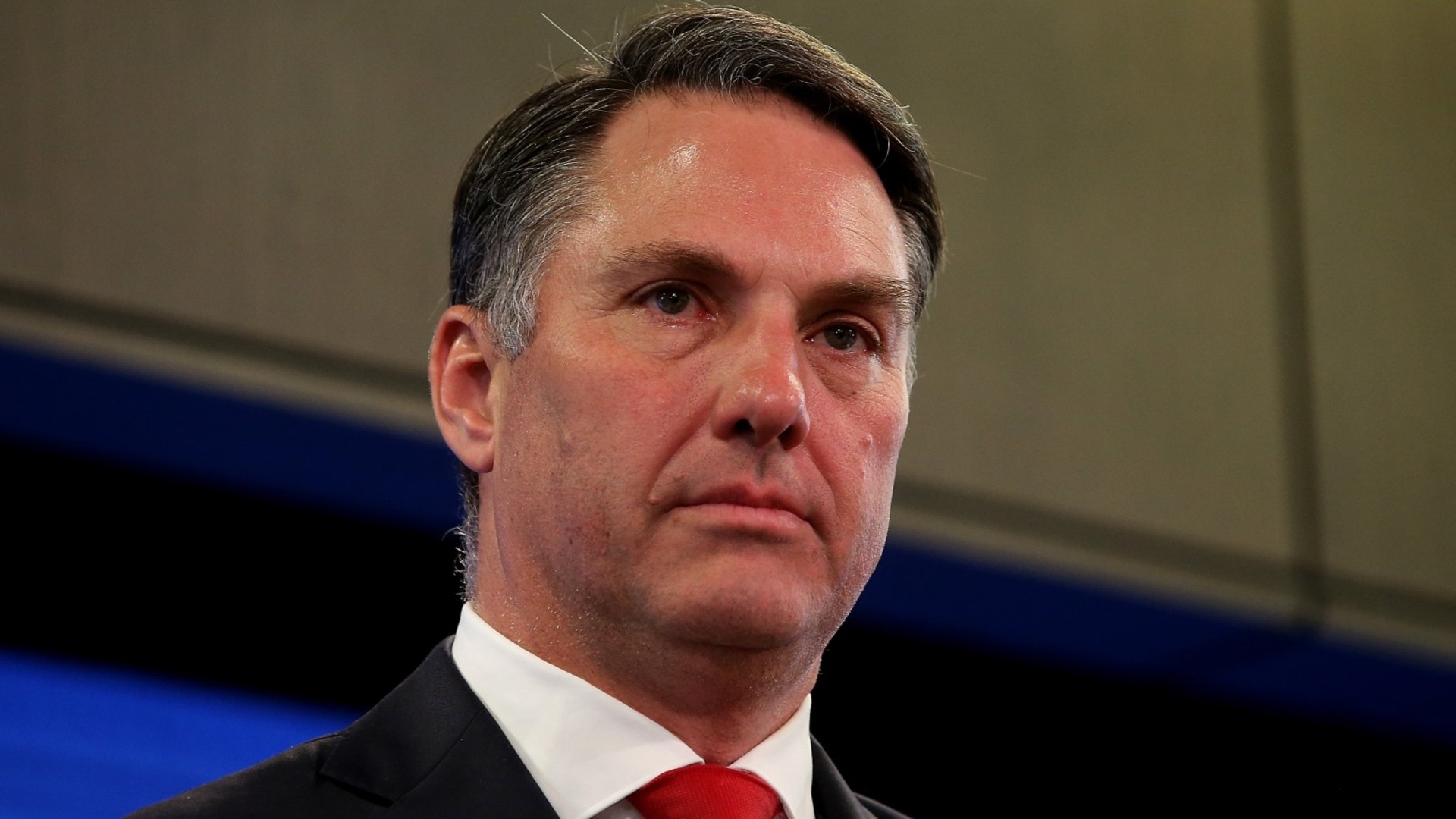UK to strengthen nuclear deterrence under new defence strategy
The new submarines will carry conventional weapons and operate in collaboration with Australia and the US under the Aukus security alliance.

The UK will build up to 12 nuclear-powered attack submarines and spend £15 billion (AUD$28bn billion) on its nuclear-warhead program, as part of a decade-long defence strategy.
Shares in British arms makers such as Babcock International and BAE Systems were lifted by the publication of the UK Strategic Defence Review on Monday, which calls for Britain to move to “warfighting readiness to deter threats and strengthen security” in the Euro Atlantic area.
“We will build a fighting force that is integrated and more lethal than ever,” UK Prime Minister Keir Starmer said during a visit to a BAE Systems shipyard in Scotland on Monday morning.
The Strategic Defence Review, led by former North Atlantic Treaty Organisation Secretary-General and Labour peer George Robertson, warned that Russia’s increasing reliance on nuclear coercion will be the central challenge for the UK and its NATO allies in the coming decades.
This is the first time the UK government puts a number to the new submarines, which will carry conventional weapons and operate in collaboration with Australia and the U.S. under the Aukus security alliance.
The submarines will come into operation from the late 2030s, replacing seven Astute boats. Their construction will boost the industrial capability of BAE Systems’ Barrow-in-Furness site in Cumbria and Rolls-Royce’s Raynesway plant in Derby, the UK’s Ministry of Defence said.
The £15 billion investment into the Royal Navy’s nuclear deterrence program will secure its future and show the government’s commitment toward delivering all future necessary upgrades, the MoD added.

The strategy makes 62 recommendations that the government has committed to implementing in full, including increasing stockpiles of ammunition and military equipment and ensuring that their production can be scaled up quickly in the event of a crisis or war.
The UK will also build 7,000 long-range missiles and at least six new factories to produce ammunition and energetics used in explosives, the MoD said.
The review said an immediate priority should be a shift toward greater use of artificial intelligence within the UK armed forces, alongside the expansion of the UK’s autonomous drones over the next five years and investment into laser weapons to counter potential enemy drone attacks.
The Royal Air Force will operate new F-35 fighter jets and upgraded Typhoon aircraft, Defence Secretary John Healey told the House of Commons Monday (local time).
The UK will also create a Cyber and Electromagnetic Command to strengthen its cyber-defences, reflecting the lessons learned from the war in Ukraine, the MoD said. The review calls for this centre to be established by the end of this year.
“We know that threats are increasing and we must act decisively to face down Russian aggression,” Healey said.

Starmer stopped short of confirming that Britain will spend 3 per cent of its gross domestic product on defence by 2034, as Healey had told the Times newspaper in an interview published Saturday. In February, Starmer committed to the UK spending 2.5 per cent of GDP on defence by April 2027, up from the current level of 2.3 per cent.
“I am not … going to make a commitment as to the precise date until I can be sure precisely where the money is coming from, how we can make good on that commitment, because I don’t believe in performative fantasy politics, and certainly not on defence and security,” he told BBC Radio 4’s Today program on Monday morning.
Loredana Muharremi, equity analyst at Morningstar, said the strategy is “unequivocally positive” for the defence sector, but noted that the impact will be gradual and backloaded.
Shares in Babcock International, which supports the UK’s nuclear deterrence program, jumped 8.2 per cent in late afternoon trading in London, trading at 10.13 pounds, its highest level since 2016.
“It’s the change in tone that really resonates because this isn’t just a short-term boost,” said Danni Hewson, head of financial analysis at AJ Bell. “With pressure mounting on the government to spend more than 3 per cent of GDP on defence there could be huge opportunities for UK defence companies to grab hold of going forward.”
Dow Jones






To join the conversation, please log in. Don't have an account? Register
Join the conversation, you are commenting as Logout